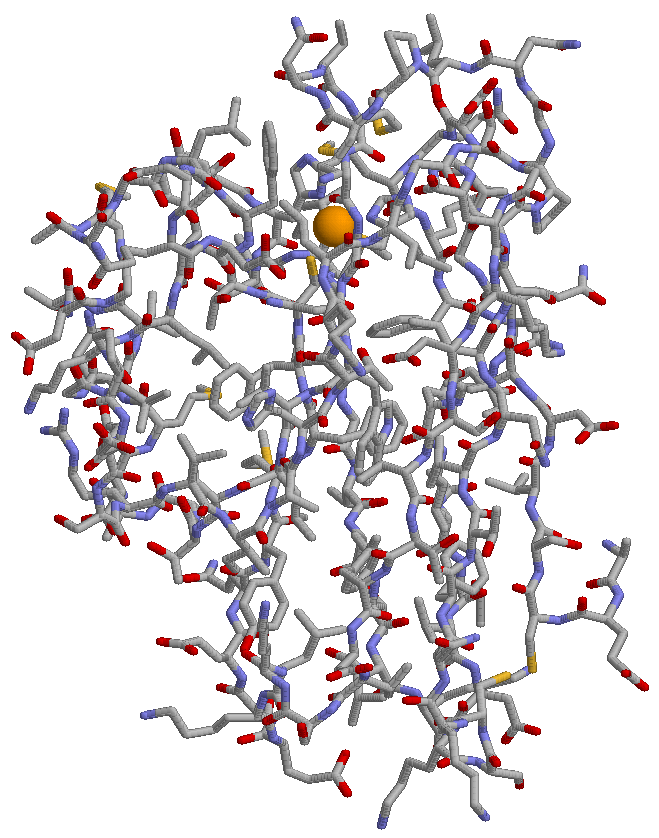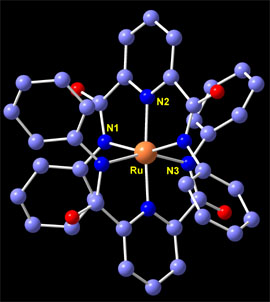![]()
 |
Chem 5424: Advanced Inorganic Chemistry |
 |
||
| 3 credits; Prerequisites:Chem4436 or equivalent or Grad student; A-F or Aud, fall, every year |
||||
| This course will cover advanced topics in inorganic chemistry including the following: Applications of Group Theory to inorganic chemistry such as molecular orbital theory and valence bond theory as well as vibrational analysis, organometallic chemistry including structure and bonding in organometallic compounds, reactions and reaction mechanisms of organometallic compounds, and the application of organometallic compounds as reagents and catalysts in organic synthesis, other advanced aspects of inorganic chemistry, e.g. Bioinorganic Chemistry and Aspects of Material Science. My section of the course focuses on metal ions in biological systems. We will begin with an introduction to metals in biology and reveiw fundamental topics in the fields of biochemistry and inorganic chemistry, in addition to spectroscopic methods, as they relate to Bioinorganic chemistry. We will then begin a survey of the inorganic metal ions commonly found in biological systems. These include the alkaline earth ions magnesium and calcium, in addition to the transition metal ions such as iron, copper, cobalt, and zinc. For each metal ion we will focus mainly on their metalloenzymes, and discuss common structural themes and reactivity. We will explore the spectroscopic methods employed to study each system. A number of case studies will be presented. In addition, students will be given the opportunity to choose a specific metalloprotein to investigate in an in-depth manner. |
||||
| Course Materials | ||||
|
||||
Click to return HOME
© 2016 Steven M. Berry
